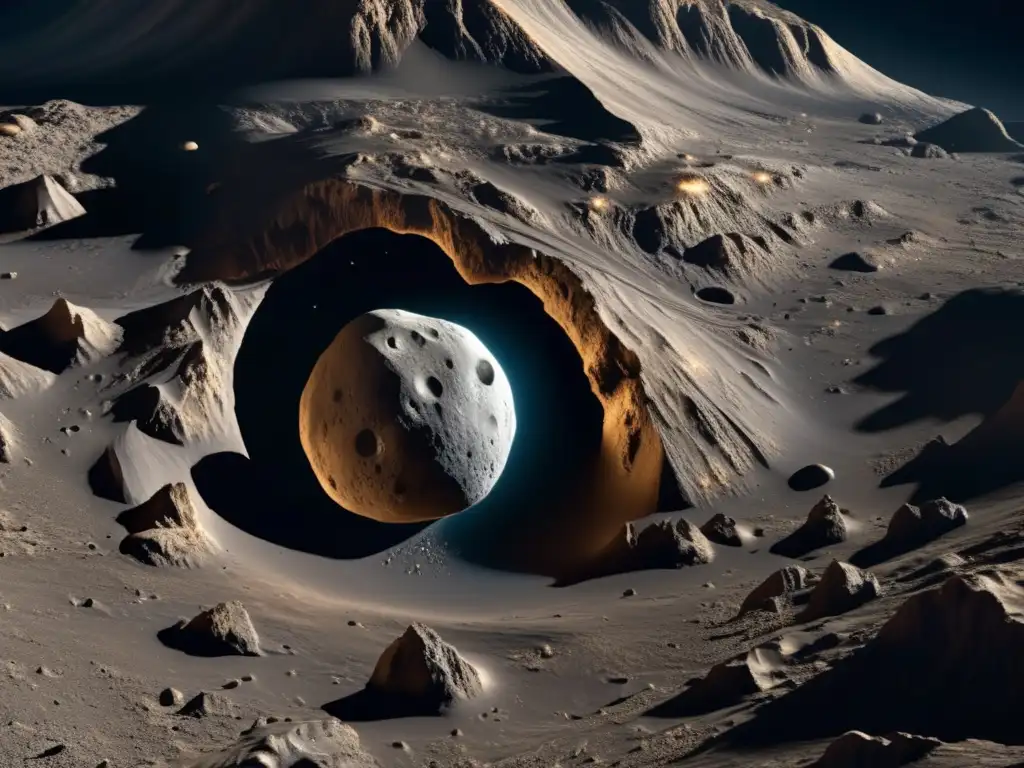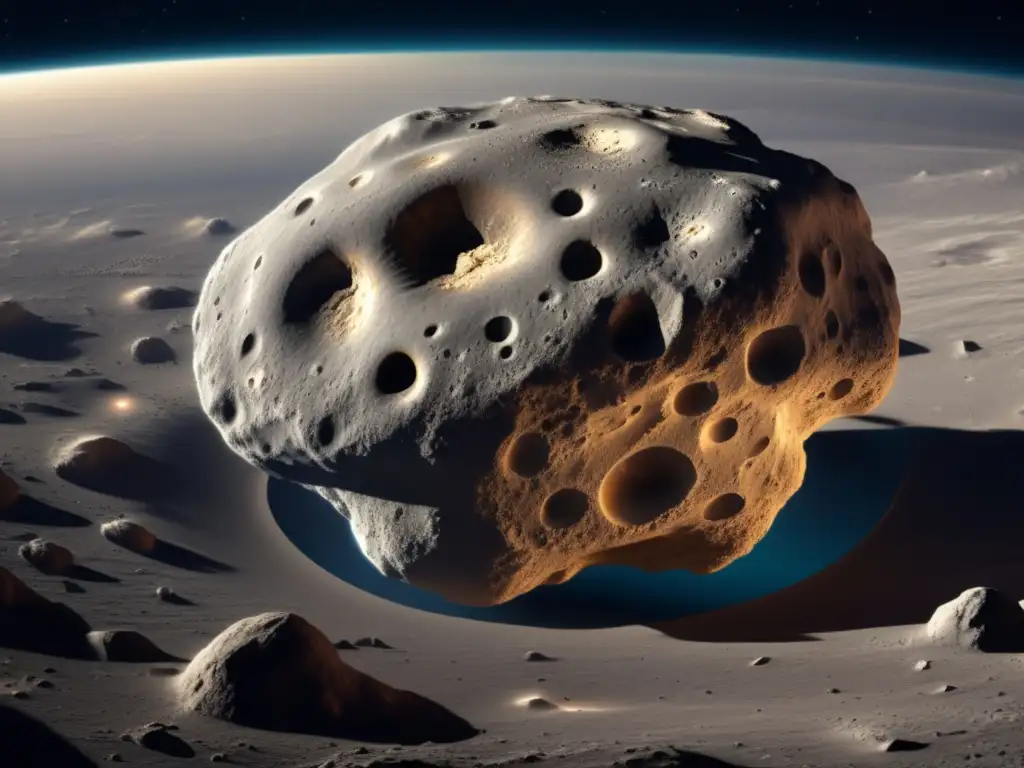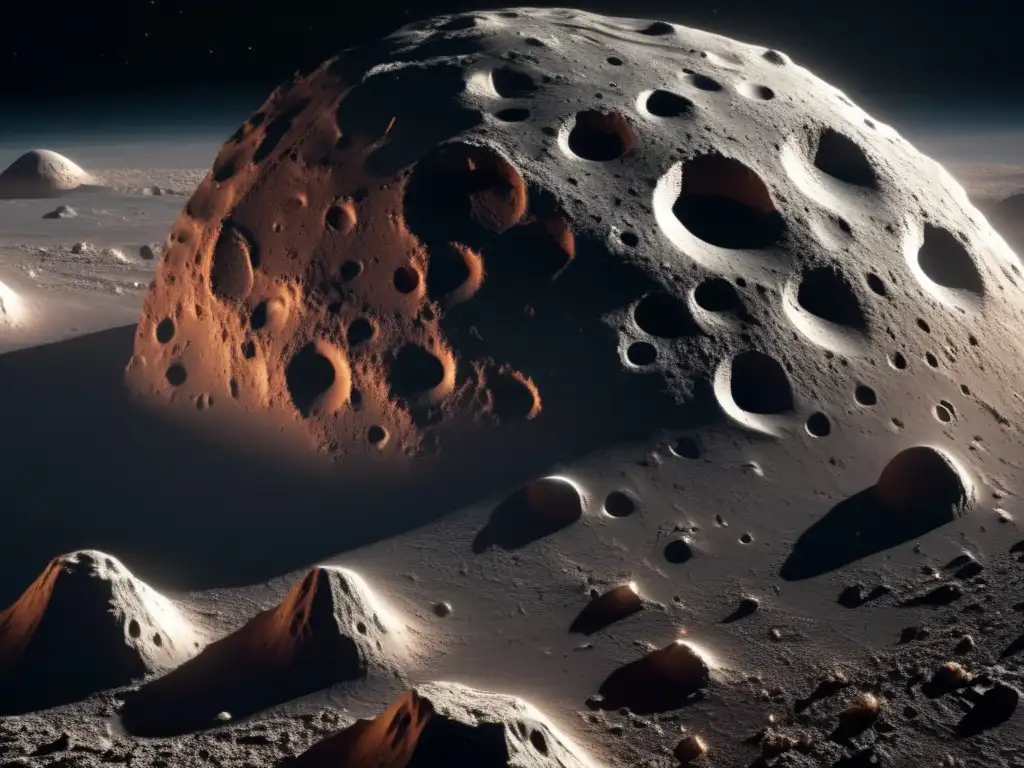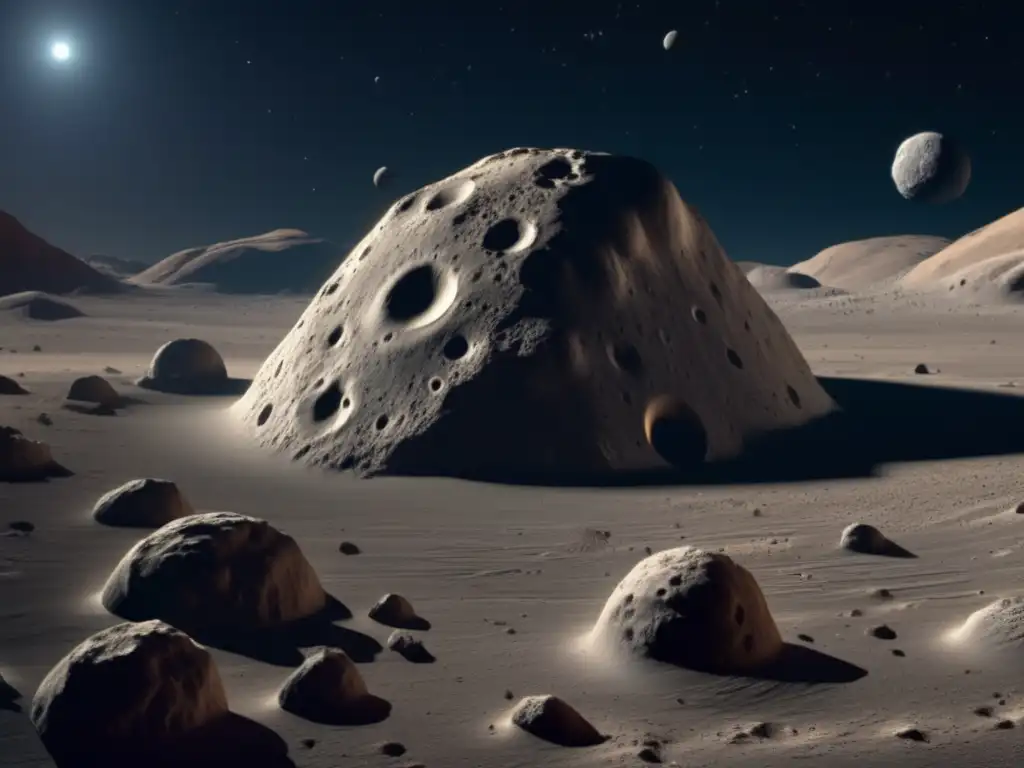Exploring The Details Of Asteroid Aeneas

Introduction
Welcome to Asteroid Realm, where we delve deep into the fascinating world of asteroids. In this article, we will explore the details of Asteroid Aeneas, providing you with a comprehensive profile of this celestial object. From its discovery to its physical characteristics, let's uncover the secrets of this asteroid together.
Discovery and Naming

Discovery
Asteroid Aeneas was discovered on April 28, 1871, by German astronomer Robert Luther at the Düsseldorf-Bilk Observatory in Germany. Luther made significant contributions to the field of asteroid discovery, and Aeneas was one of his notable findings. Through meticulous observation and calculations, Luther identified this asteroid as it traversed the night sky.
Naming
After its discovery, the naming of Asteroid Aeneas was inspired by Aeneas, a legendary figure in Greek and Roman mythology. Aeneas was a Trojan hero who escaped the fall of Troy, embarking on a long and arduous journey that eventually led to the founding of Rome. The name Aeneas was chosen to evoke the spirit of exploration and resilience, qualities reflected in the study of asteroids.
Physical Characteristics

Size and Composition
Asteroid Aeneas has an estimated diameter of approximately 107 kilometers (66 miles). Its composition is largely composed of rocky materials, including silicates and metals such as iron and nickel. Spectroscopic analysis of Aeneas reveals a surface rich in olivine, pyroxene, and carbonaceous compounds, providing valuable insights into the asteroid's geological makeup.
Orbit and Rotation
Aeneas follows an elliptical orbit around the Sun, with its semi-major axis measuring around 2.97 astronomical units (AU). This places it within the outer region of the asteroid belt, located between Mars and Jupiter. The asteroid takes approximately 4.95 Earth years to complete one orbit. As for its rotation, Aeneas has a moderately slow rotation period of about 12.37 hours.
Exploring Aeneas' Significance

Scientific Research
Asteroid Aeneas plays a crucial role in scientific research, particularly in the study of asteroid composition and formation. By analyzing the spectral data obtained from Aeneas, scientists can gain valuable insights into the origins and evolution of asteroids, as well as their potential role in the formation of the Solar System. Aeneas serves as an invaluable resource in expanding our understanding of our celestial neighborhood.
Potential Future Missions
With advancements in space exploration technology, there is growing interest in potential missions to asteroids like Aeneas. Such missions could involve spacecraft landing on or orbiting the asteroid, collecting samples, and studying its surface in greater detail. The information gathered from these missions could provide valuable insights into asteroid mining, planetary defense strategies, and even the potential for future human colonization.
Frequently Asked Questions

-
What is the estimated size of Asteroid Aeneas?
Asteroid Aeneas has an estimated diameter of approximately 107 kilometers (66 miles).
-
What is the composition of Asteroid Aeneas?
Aeneas is primarily composed of rocky materials, including silicates, olivine, pyroxene, and carbonaceous compounds.
-
How long does it take for Asteroid Aeneas to complete one orbit around the Sun?
Asteroid Aeneas takes approximately 4.95 Earth years to complete one orbit around the Sun.
-
What role does Asteroid Aeneas play in scientific research?
Aeneas provides valuable insights into asteroid composition and formation, contributing to our understanding of the Solar System's origins and evolution.
-
Are there any potential future missions planned for Asteroid Aeneas?
While no specific missions are currently planned, the study of asteroids like Aeneas paves the way for potential future missions involving sample collection and further exploration.
Conclusion
Asteroid Aeneas offers a glimpse into the mysteries of our Solar System. Its discovery, naming, and physical characteristics contribute to our understanding of asteroids and their significance. Through ongoing scientific research and future missions, we can continue to unravel the secrets held within these celestial objects. Thank you for joining us on this exploration of Asteroid Aeneas, and we encourage you to share your thoughts and engage with Asteroid Realm through comments, subscriptions, and social media interactions. Together, let's continue to explore the wonders of our universe.
Additional Resources

For more information about asteroids and related topics, check out these additional resources:
- NASA - Asteroids
- International Astronomical Union - Asteroids
- NASA Jet Propulsion Laboratory - Asteroids Education News
 Uncovering The Facts About Asteroid Creusa
Uncovering The Facts About Asteroid Creusa Asteroid Misenus: An In-Depth Examination
Asteroid Misenus: An In-Depth Examination The Unique Features Of Asteroid Palinurus
The Unique Features Of Asteroid PalinurusIf you want to discover more articles similar to Exploring The Details Of Asteroid Aeneas, you can visit the Asteroid Profiles category.
Leave a Reply

Articulos relacionados: